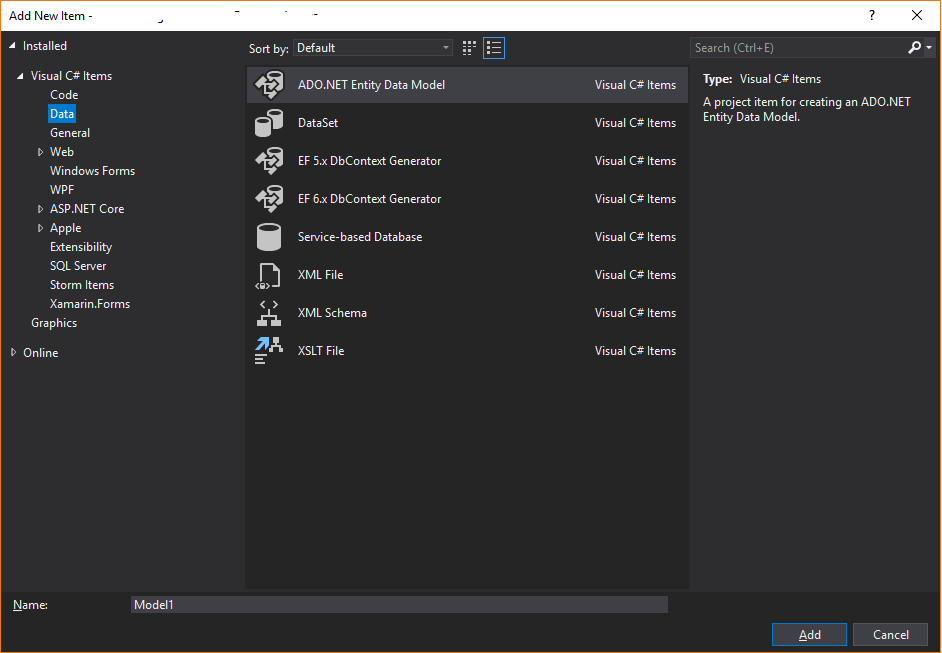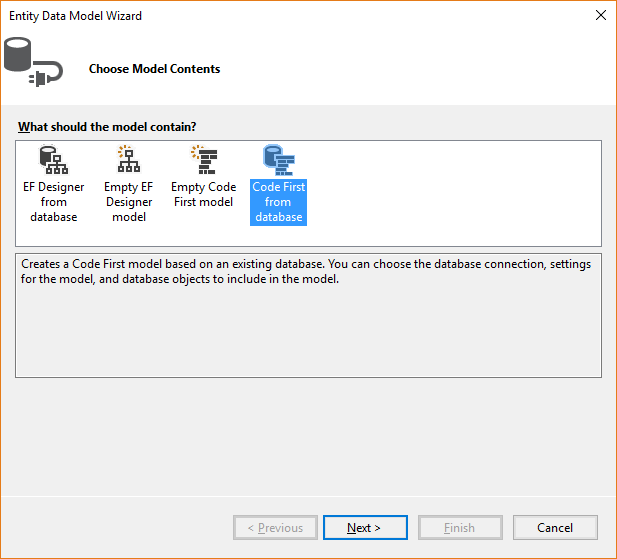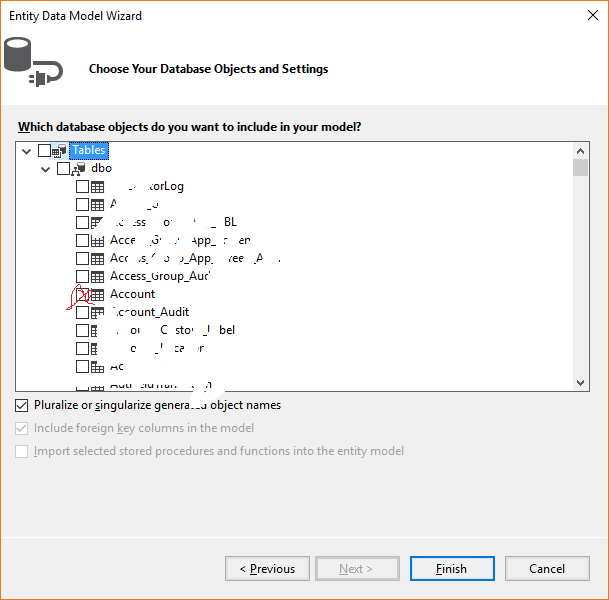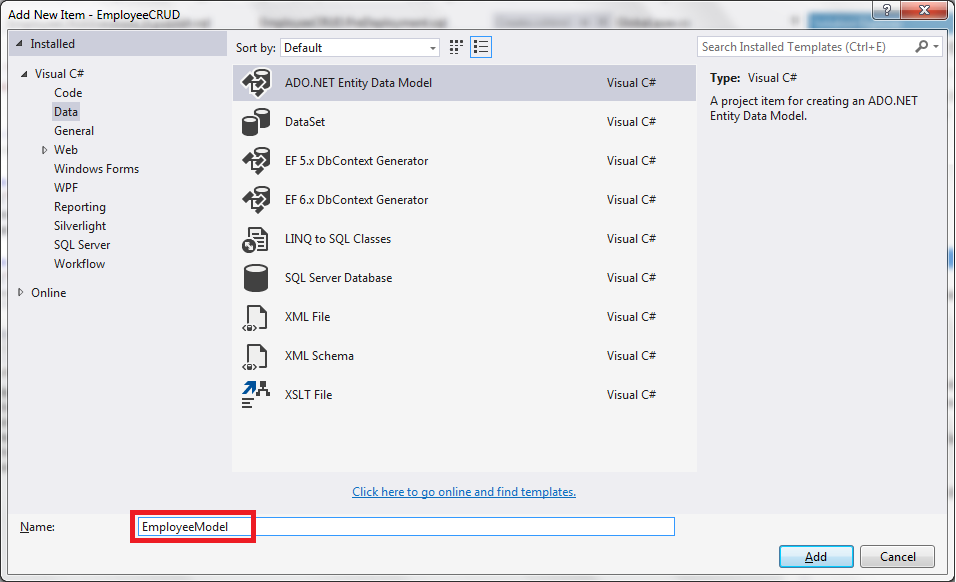Assumptions
Using EF 6.1, MVC 5, VS 2013, C#
I have an existing database model designed in Toad DM for SQL Server and it's very important keep it always updated
Steps and Notes
Using ADO.NET Entity Data Model I chose Code First from Database (new feature in EF 6.1) to generate the models. Note: Model classes and DbContext class generated successfuly but NO .edmx or .tt file was generated.
Next I added a new scaffold item: MVC 5 Controllers with views, using Entity Framework. Note: Success, controllers and views generated
Question
From now on I don't want to use Code First to update my database. Instead I want the models to be updated based on database changes. What to do next? If I don't have an edmx file will I not be able to update my model classes from the database?




